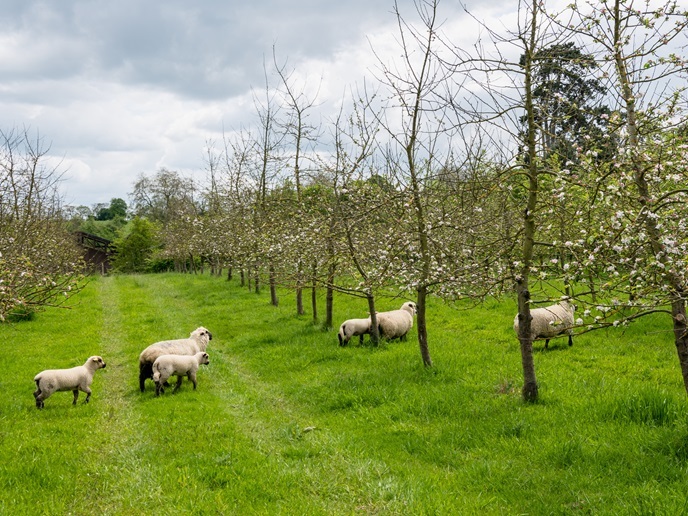Novel technology for better cattle vaccines
BVD virus (BVDV) adversely affects herd productivity and reproduction. Lack of measures to systematically eradicate BVDV has rendered BVD an endemic disease with nearly 50 % of cattle having been exposed to the virus. The variable or undetectable clinical symptoms alongside viral genetic variation, persistent infections, and viral tropism for immune cells pose a significant challenge to disease control strategies. Vaccination can effectively prevent acute systemic infections and increase reproductive efficiency by protecting the foetus. Although live attenuated vaccines have been available for more than 50 years, BVD incidence remains high, emphasising the need for improved vaccines. The EU-funded BoVLP-BVD project proposed development of a new recombinant vaccine using virus-like-particle (VLP) patented technology. To be efficient, this vaccine must be broad spectrum, cost-effective and safe. VLP technology “VLPs are empty structures without DNA and hence no risk of virus replication. However, they mimic real viruses in that they can induce an immune response,″ explains project coordinator Dr Luis Ruiz. Based on the VLPs pathology-associated antigens, chimeric nanoparticles capable of inducing either humoral or cellular responses could be generated. “An important attribute of the technology is that the vaccine is tagged, thereby allowing differentiation between animals that have been vaccinated from those that have been infected. As such, it is an ideal instrument for the management of cattle diseases in territorial-wide campaigns,″ continues Dr Ruiz. From a manufacturing perspective, it is cost-effective and safe as it contains no live virus. Importantly, VLP technology could be used to develop human vaccines. Apart from the absence of potential adverse events, VLP vaccines offer high flexibility; they can be enriched using a variety of antigenic determinants, and also combined in formulations displaying different antigens (cellular, humoral or both). The next phase of the BVD vaccine BoVLP-BVD partners have confirmed the commercial feasibility of the vaccine, defining precisely the Target Product Profile and exploring systematically its market potential and prospective cost. They have screened different peptides derived from the BVDV proteins, and identified high-potency antigens for BVD vaccines, offering potential protection from a completely different angle than current vaccines. Researchers are working towards a testable prototype that complies with regulatory requirements and will initially be screened in healthy calves to confirm serological responses against the selected antigens. The next step will be to use appropriate experimental infection models to assess the efficacy and safety of the vaccine under controlled conditions and to scale up the production. Considering the reduced cattle performance and associated financial loss incurred as a result of BVD, the impact of the vaccine in BVDV-endemic countries is estimated to be hundreds of million euros. Importantly, it will bring to the market a tool to manage various diseases without using antibiotics, thereby minimising drug resistance, a major health concern nowadays.







